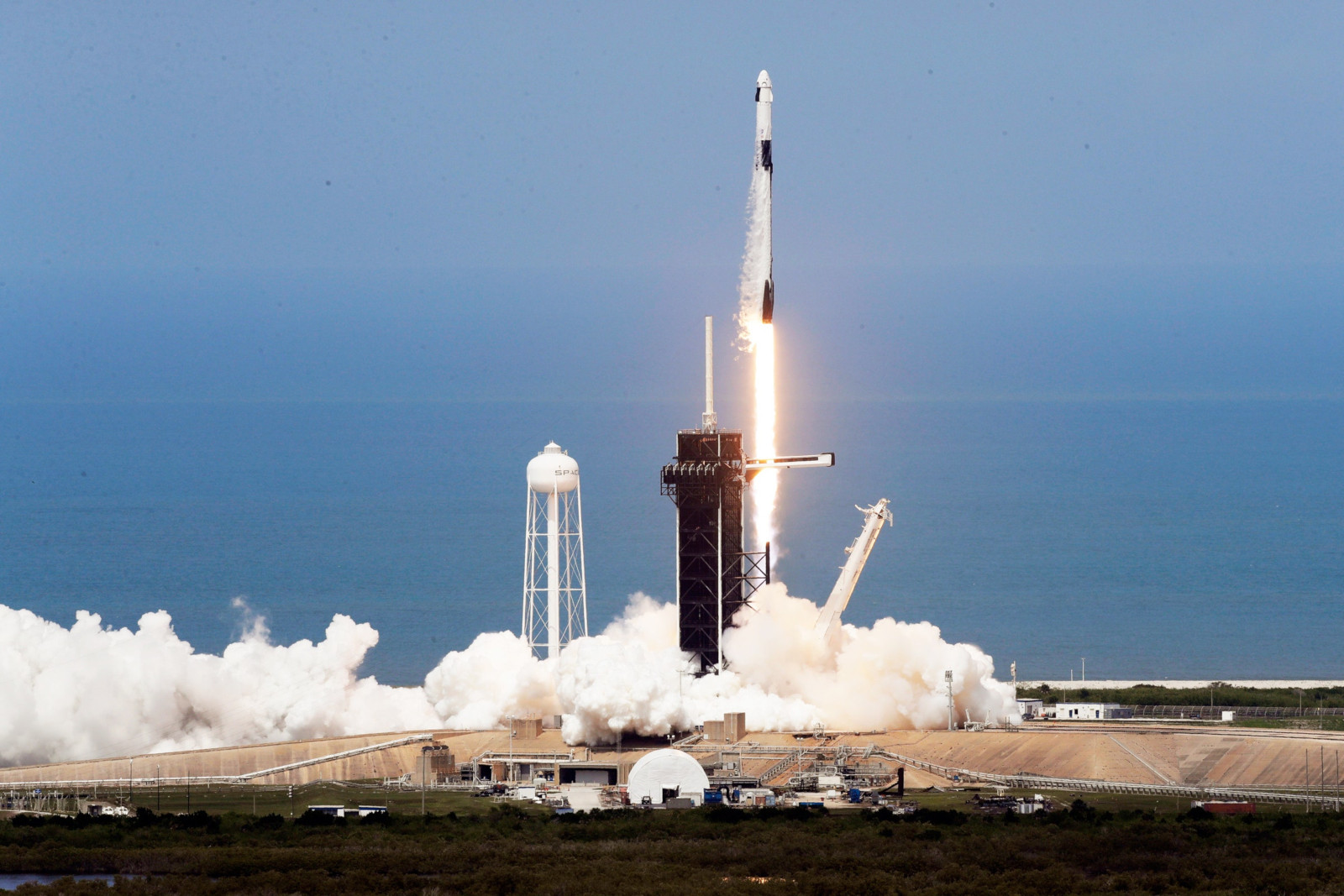

IXPE will study the polarization of X-rays coming to us from some of the universe’s most extreme sources, including black holes and dead stars known as pulsars. “There will be winds out of the west, northwest, and just a slight chance of cumulus clouds to impact the area.” “We’re looking at just a very, very slight chance of a weather issue,” said Mike McAleenan, 45th Weather Squadron, Space Launch Delta 45. Weather officials with Cape Canaveral Space Force Station’s 45th Weather Squadron predict a 90% chance of favorable conditions for liftoff, with the cumulus cloud rule serving as the primary weather concern. Tune in to NASA Television, the NASA app, or the agency’s website for a live broadcast – or stay right here for a live blog to take you through the launch day events. The launch is managed by NASA’s Launch Services Program, based at Kennedy. IXPE is scheduled to lift off aboard a SpaceX Falcon 9 rocket from the Florida spaceport’s Launch Complex 39A on Thursday, Dec. “Reusability is key to lowering the cost of launch, which in turn enables greater investment and scientific research.”Īfter launching IXPE into space, the booster will be brought back and landed on the SpaceX drone ship “Just Read the Instructions” off the coast of Florida. “This booster has launched eight astronauts, three dragon capsules and one geostationary spacecraft,” said Julianna Scheiman, SpaceX’s director of civil satellite missions. The rocket booster that will power NASA’s Imaging X-Ray Polarimetry Explorer (IXPE) spacecraft into the sky from NASA’s Kennedy Space Center in just a matter of hours has been there many times before.

EST launch of IXPE from Space Launch Complex 39A at NASA’s Kennedy Space Center in Florida.Ī SpaceX Falcon 9 rocket with NASA’s Imaging X-ray Polarimetry Explorer (IXPE) spacecraft rolls out to Launch Complex 39A at Kennedy Space Center in Florida on Dec. Stay right here for continuing blog coverage of Thursday’s 1 a.m. NASA’s Goddard Space Flight Center in Greenbelt, Maryland, manages the Explorers Program for the agency’s Science Mission Directorate in Washington. Ball Aerospace, headquartered in Broomfield, Colorado, manages spacecraft operations with support from the University of Colorado at Boulder. NASA’s Marshall Space Flight Center in Huntsville, Alabama manages the IXPE mission. The IXPE project is a collaboration between NASA and the Italian Space Agency. NASA selected IXPE as a Small Explorer mission in 2017. By providing the first-ever dedicated look at polarized X-rays, IXPE will help us discover the secrets of some of the most extreme cosmic objects of the universe: the remnants of supernova explosions, neutron stars and black holes in our galaxy, and super massive black holes at the centers of galaxies. Polarization is a property of light that holds clues to the environment from which the light originates.

IXPE carries three state-of-the-art space telescopes with special polarization-sensitive detectors. It is the first mission that will map the polarization of many of these objects. IXPE is going to explore some of the most extreme and mysterious objects in the universe – including black holes and pulsars – and the X-rays they emit. But what is IXPE’s goal and how did the project come about? Here is a more in-depth look at IXPE, NASA’s first satellite dedicated to measuring X-ray polarization. NASA’s Imaging X-Ray Polarimetry Explorer (IXPE) mission sounds cool, and even has a catchy name. NASA’s IXPE spacecraft carries three state-of-the-art space telescopes with special polarization-sensitive detectors. Liftoff, from Kennedy’s Launch Complex 39A, is targeted for 1 a.m. Also, tune in to NASA Television, the NASA app, or the agency’s website, starting at 12:30 a.m. Coverage of launch day activities will continue here on the blog. IXPE’s launch from NASA’s Kennedy Space Center in Florida is now about 40 minutes away. T+164 sec Second stage engine start 1 (SES-1)Ĩ.1 min Second stage engine cutoff 1 (SECO-1)Ģ8.7 min Second stage engine start 2 (SES-2)Ģ9.8 min Second stage engine cutoff 2 (SECO-2) T+156 sec First and second stages separate T+153 sec First stage main engine cutoff (MECO) Here is a look at some of the key milestones for today’s IXPE launch: EST for a live broadcast of the IXPE launch. Tune in to NASA Television, the NASA app, or the agency’s website, starting at 12:30 a.m.


 0 kommentar(er)
0 kommentar(er)
